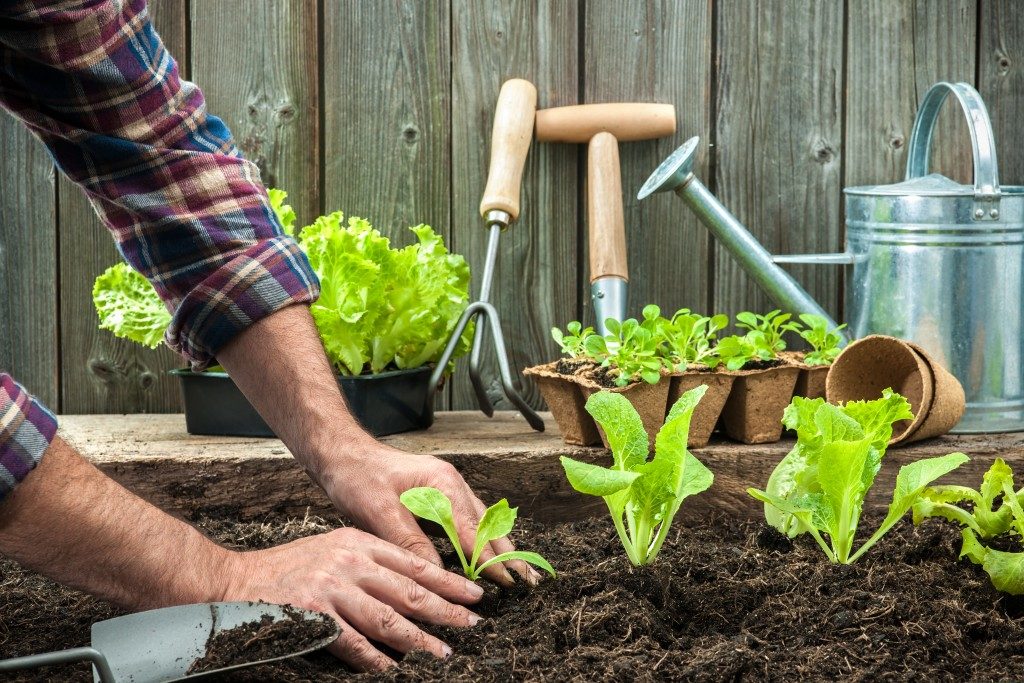The economy is ever-shifting, and with it usually comes the gradual increase in commodity prices. In the farm, it can get really difficult to make ends meet without sacrificing your profits, especially your yield.
The good news is, there are actually ways to reduce your production costs while maintaining the farm’s yield.
Spend less on seeds
Start reducing your input costs by spending less on seeds. It does not mean that you have to get fewer seeds, you just have to get them at lower costs
Early order programs lets you save significantly on seeds, for one. If you need to generate greater volume just to qualify for discounts, you should order seeds from fewer dealers. There are also companies that offer discounts whenever you buy seed and herbicide packages, and you only have to make sure that the package is appropriate for your weed spectrum. You should only be paying for the seed. Ask the dealer how much the seed itself costs without the free trips and jackets.
Postpone any machinery upgrade
Before trading machinery, ask yourself if a new one is going to improve the bottom line of your processes. Some equipment like variable-rate controllers and individual row planters can minimize your expenses on seed and increase crop yield, whereas a new combine or RTK guidance system will only boost efficiency without improving the yield.
Instead of purchasing new equipment, tackle the maintenance or repair issues on your current ones instead. You can also rent farm equipment in the meantime. New machines tend to get cheaper over time anyway, so it is more economical to delay your purchase.

Streamline pest management
There are three categories in pest management, which are weeds, insects, and disease management.
You should be cautious when cutting your weed control costs, since your present program likely fits the specific weed problems in your farm. However, you could save some money if your switch from using a custom application to doing your own spraying. If you are growing soybeans, you can make the rows narrower to minimize herbicide applications.
As for the insects, you should ramp up the scouting and your base treatments on thresholds. Scout for existing damage instead of spraying preventively, and pencil in the costs of insects that pose a problem. If you are up against resistant rootworm, you can switch to less expensive non-stacked corn varieties, and apply some soil insecticide. If your rootworm-resistant corn effectively reduces rootworm pressure, there is no need to apply insecticide.
Use all the tools you have in hand to combat disease. Hybrid selection is one of the best disease-management tools to have in your arsenal. Study the diseases in every field, and choose the resistant varieties. Rotate your crops, and avoid applying blanket preventive fungicide before scouting, especially if you grow corn. Low corn prices mean that it will be difficult to get a financial return should you apply fungicides to clean fields.
When the going gets tough, you need to make wiser and more economical choices to keep your farm afloat without putting your yield in line. There are a lot of other ways to reduce your farm’s production costs without sacrificing yield. Hopefully, these tips planted a seed in your mind so you can come up with your own smart, cost-cutting techniques.
